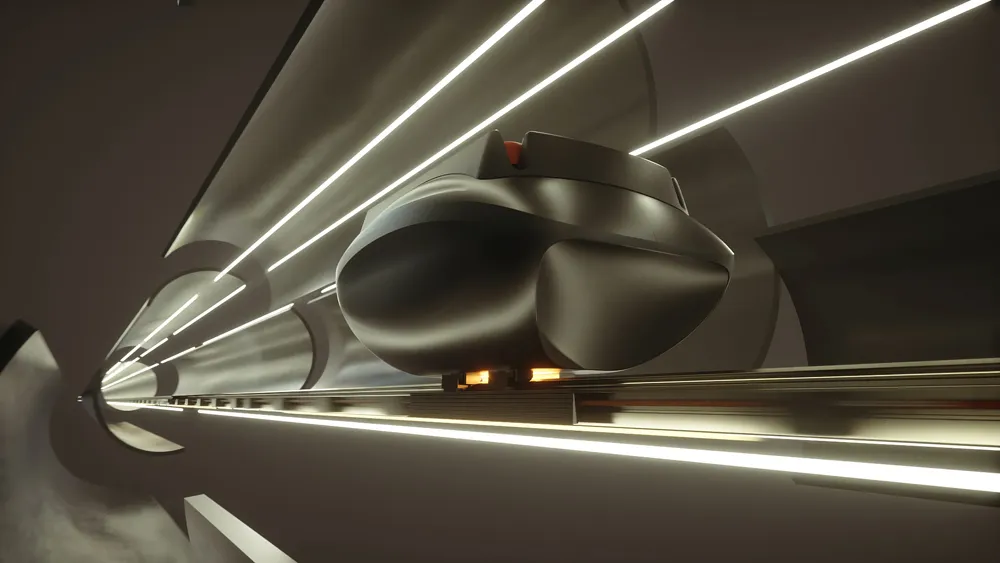Plans for an inter-oceanic canal in Nicaragua have been announced by Hong Kong-based HK Nicaragua Canal Development Investment and its local arm HKND.
The US$40 billion project involves the construction of an alternative to the Panama Canal. The proposed 280 kilometre, which aims to compete with the Panama canal, would connect Nicaragua's Caribbean and Pacific coasts. It includes the development of a deepwater port at each end of the canal, an oil pipeline running alongside it a dry canal for the transportation of cargo via freight rail lines, a new airport, highways, free trade zones, and a tourist complex.
Once under way, construction would take at least ten years and could generate 40,000 jobs and double the country's GDP per capita.
However, the plans have raised concerns from several environmental organisations. HKND has yet to carry out an environmental impact study and environmental reports say the route calls for the removal of 400,000 hectares of forests and wetlands, encroachment into indigenous communities and the contamination of Nicaragua's largest freshwater source, Lake Nicaragua.
Nicaragua’s alternative Panama canal plans
Plans for an inter-oceanic canal in Nicaragua have been announced by Hong Kong-based HK Nicaragua Canal Development Investment and its local arm HKND.
The US$40 billion project involves the construction of an alternative to the Panama Canal. The proposed 280 kilometre, which aims to compete with the Panama canal, would connect Nicaragua's Caribbean and Pacific coasts. It includes the development of a deepwater port at each end of the canal, an oil pipeline running alongside it a dry canal for the transpo
July 24, 2014
Read time: 2 mins








